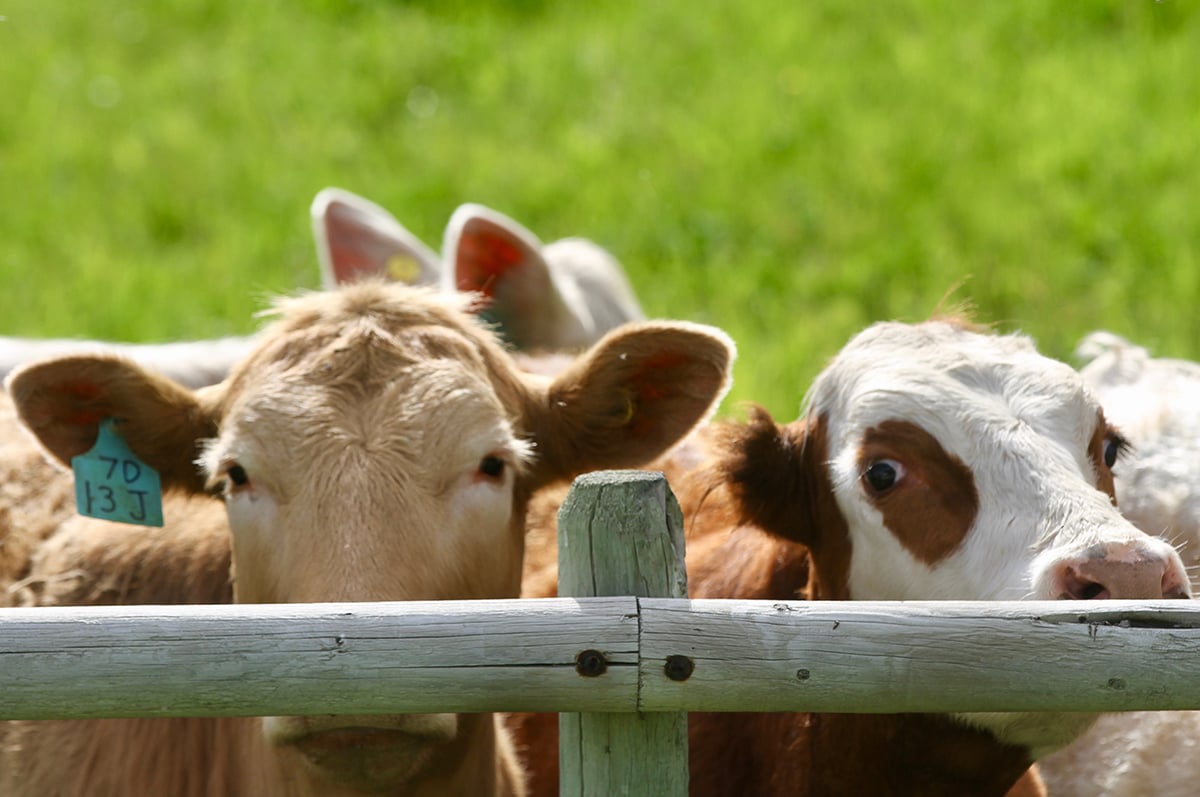Meat processors warn that unprecedented high bison prices and low supply could put some markets at risk.
Prices are running near $4 per pound, up from about $1.15 in 2003, and buyers say that’s too much.
Kelly Long, co-owner of Carmen Creek Gourmet Meats, said Europe is her company’s largest market. High meat prices and financial woes across the continent have affected that market.
The 300-restaurant Buffalo Grill chain has taken all bison off the menu except for shish kebabs, Long said.
Read Also

Feeder market consolidates at historic highs
For the week ending Sept. 6, Western Canadian feeder cattle markets were relatively unchanged compared to seven days earlier.
“If the euro drops, we have to raise our prices, which is not sustainable,” she said.
The domestic market is also changing. Supply to Co-op stores has shifted from fresh to frozen as product moves more slowly.
“Prices need to settle,” Long said. “We are experiencing pushback in all of our markets.”
Dave Carter, executive director of the National Bison Association in the United States, said problems in his country are similar.
He said fewer animals are going to slaughter. A survey of marketers conducted earlier this year found 78 percent were shorting their customers by more than 10 percent, while 40 percent were shorting customers by more than 20 percent.
“Half felt they could sell 25 percent more if the supply was available,” he told the Canadian Bison Association annual convention.
At the same time, 40 percent are also saying their customers are resisting the high price.
Grass-fed beef is the primary competitor and is filling the void, he said.
Dieter Pape from the North American Bison Co-operative, said his customers have seen six price increases in the last year.
The average price ranges from $5.69 to $7.19 per lb.
“There are food service establishments dropping the product,” he said.
“Generally, higher-end white table-cloth restaurants are really the only ones that can afford to put bison on the menu these days.”
Lost customers will be tough to get back, Pape said, adding prices have hit the ceiling.
Bob Dineen from Rocky Mountain Natural Meats in Colorado said the market is sustainable given current conditions.
“The risk is, if we do lose customers as a result of continuing escalation in meat prices, can we get them back,” he said. “We’re going to try and stay steady.”
Several speakers on the convention’s marketing panel said the bison feeding sector has to be careful.
Dineen said feeders face more risk at $2.70 to $2.80 per lb. on feeder bulls and heifers.
“There’s not a lot of money to be made for those guys,” he said.
Long added that producers who plan to expand by buying feeders need to do the math.
She said she is confident prices will remain stable over the next three years.
“But they likely won’t climb,” she said.
“That’s why producers need to be careful when buying feeders.”
Roger Provencher of Canadian Prairie Bison said marketers need producers to build herds and convince others to enter the industry.
“We need you to get out there and talk to your neighbours,” he said. “We’re really pushing the envelope with our customers.”
However, starting in the business can be an expensive proposition.
Bison highlights at Agribition
•Seventy-one lots sold for a total of $286,600 and an average $4,036 at the Canadian National Bison Show and Sale.
•Last year’s sale saw 60 lots sell for an average $3,357.50.
•This year’s high seller was a two-year-old bull consigned by Silver Creek Bison of Binscarth, Man., which went to Rex Snyder of Lyman, Wyoming, for $21,000.
•The grand champion male was a two-year-old from XY Bison Ranch at Fort St. John, B.C. It sold for $12,750 to Silver Creek Bison.
•The top-selling female was the grand champion, a bred two-year-old from Beaver Creek Wood bison of Fort McMurray, Alta., which went to Rockwood Bison at Headingly, Man. for $7,000.















